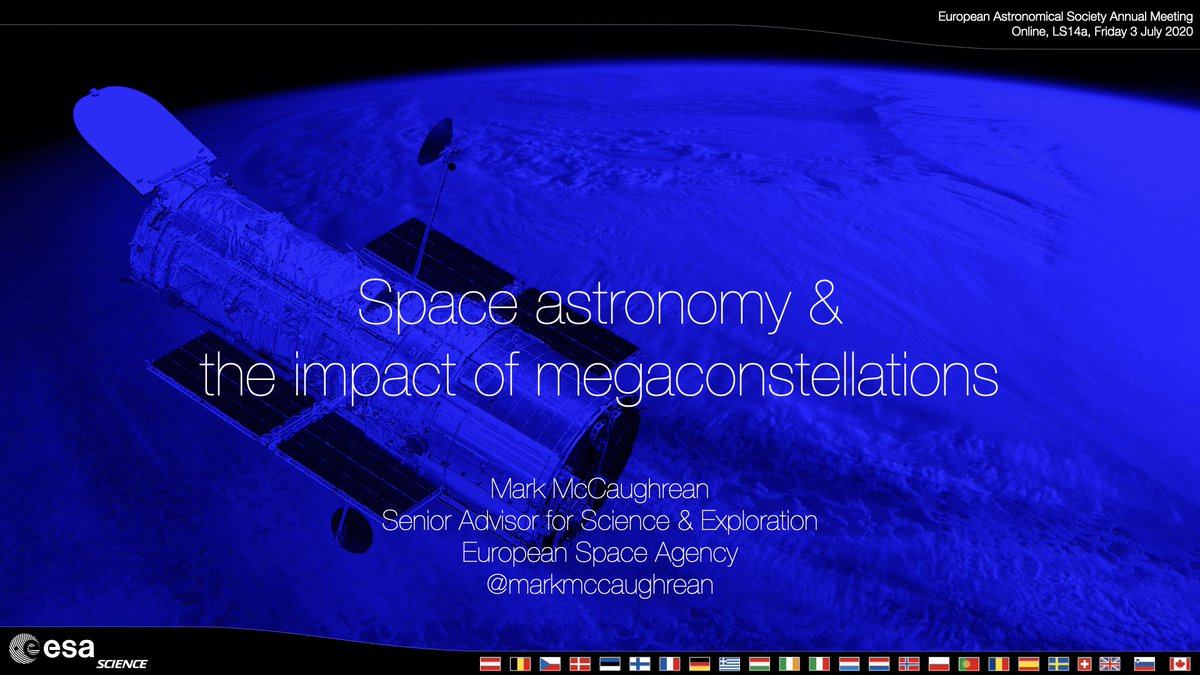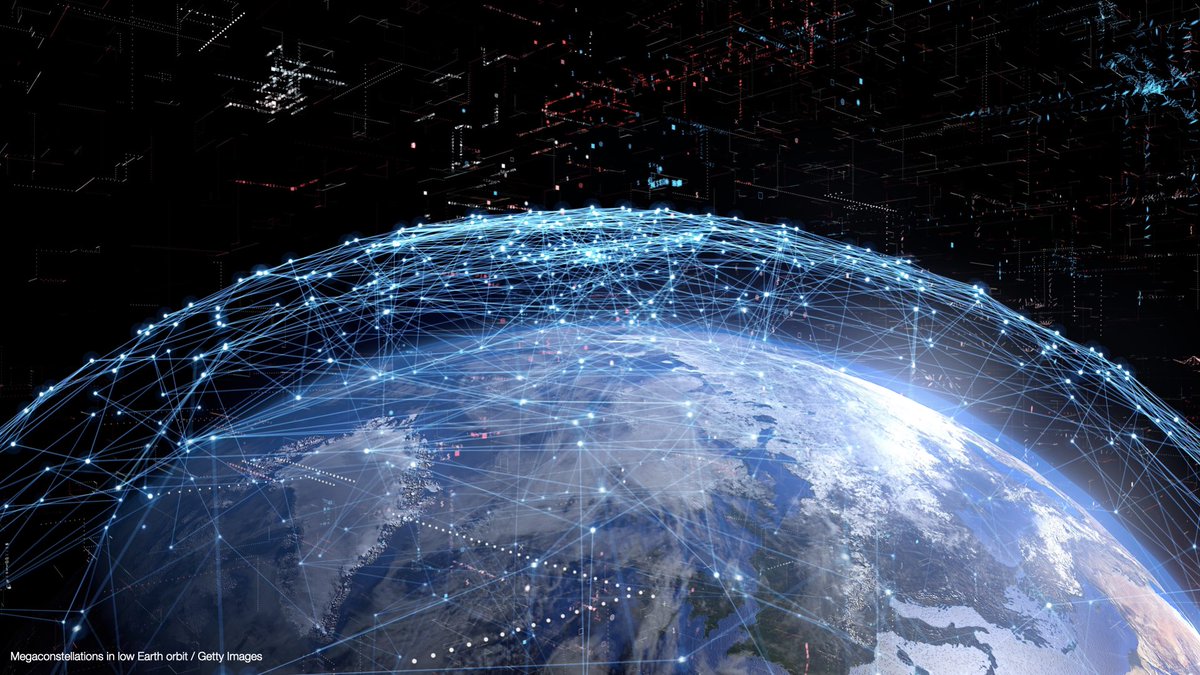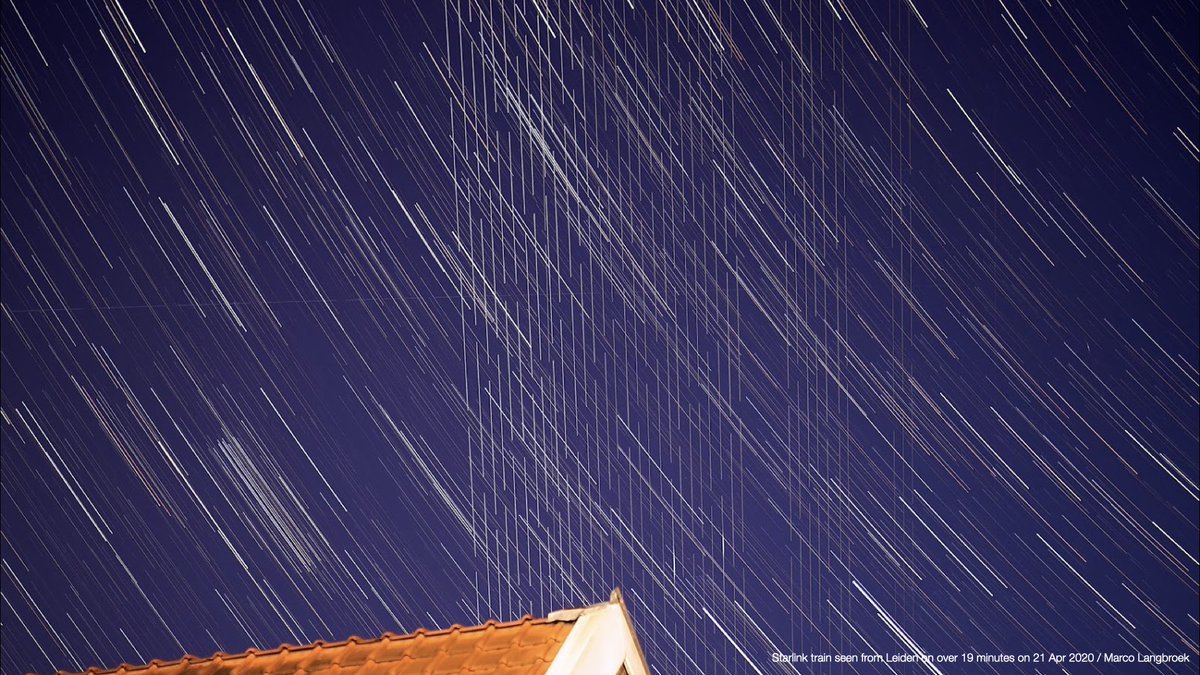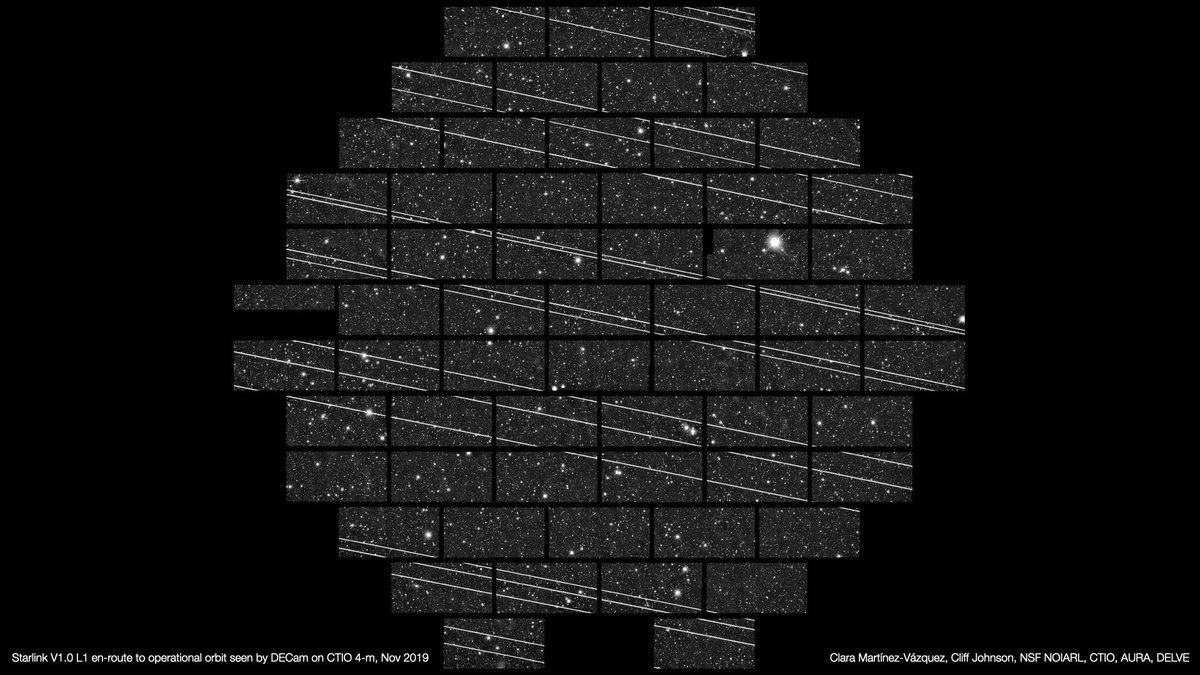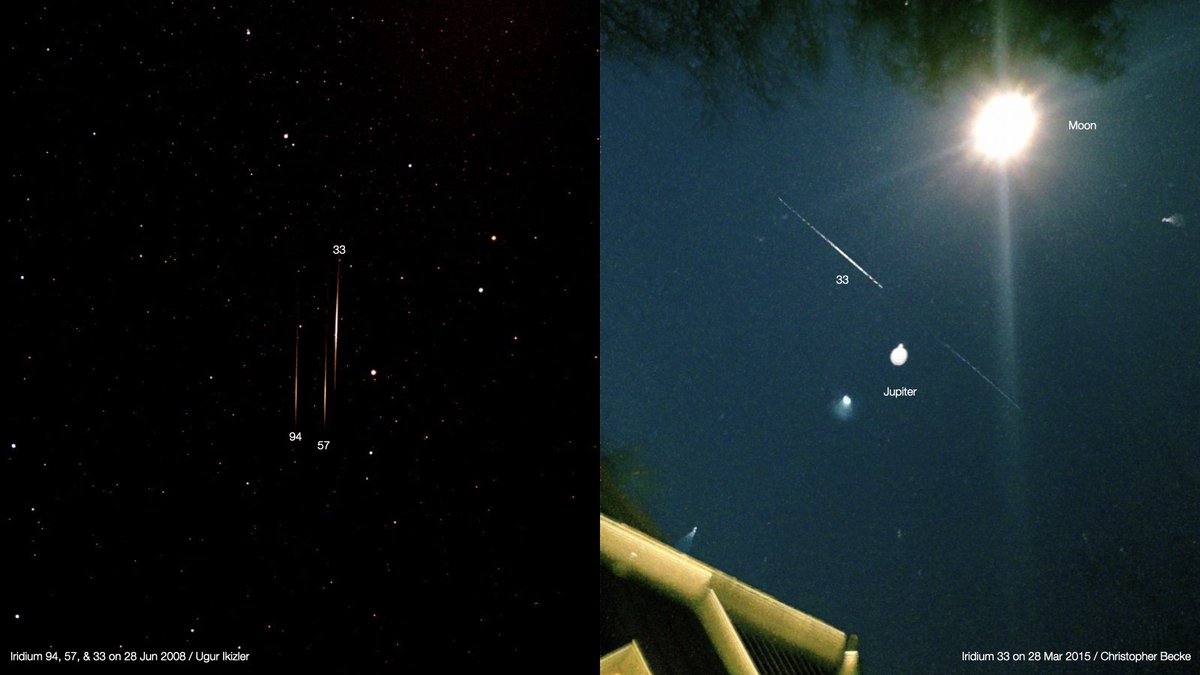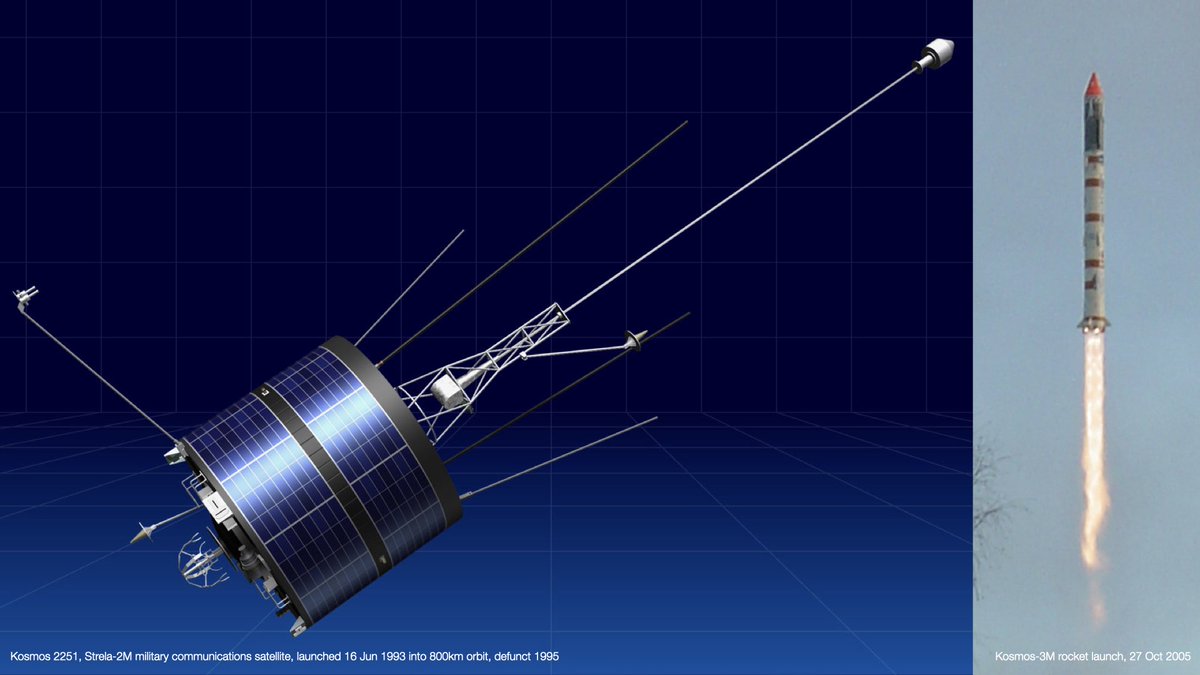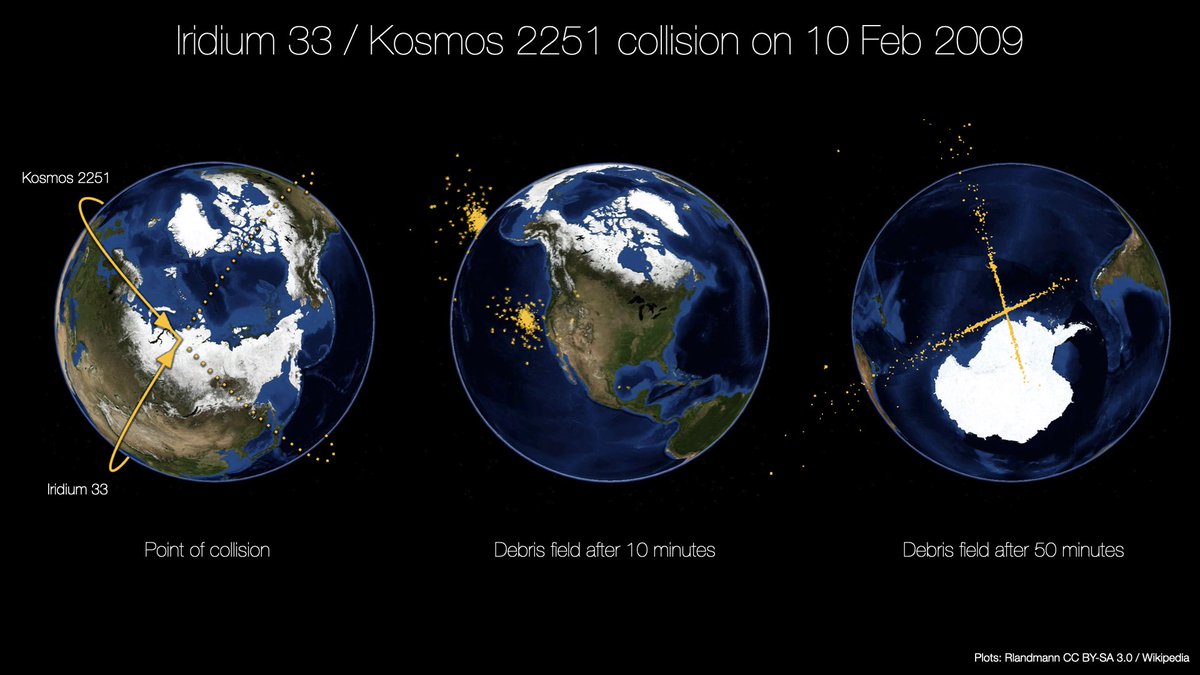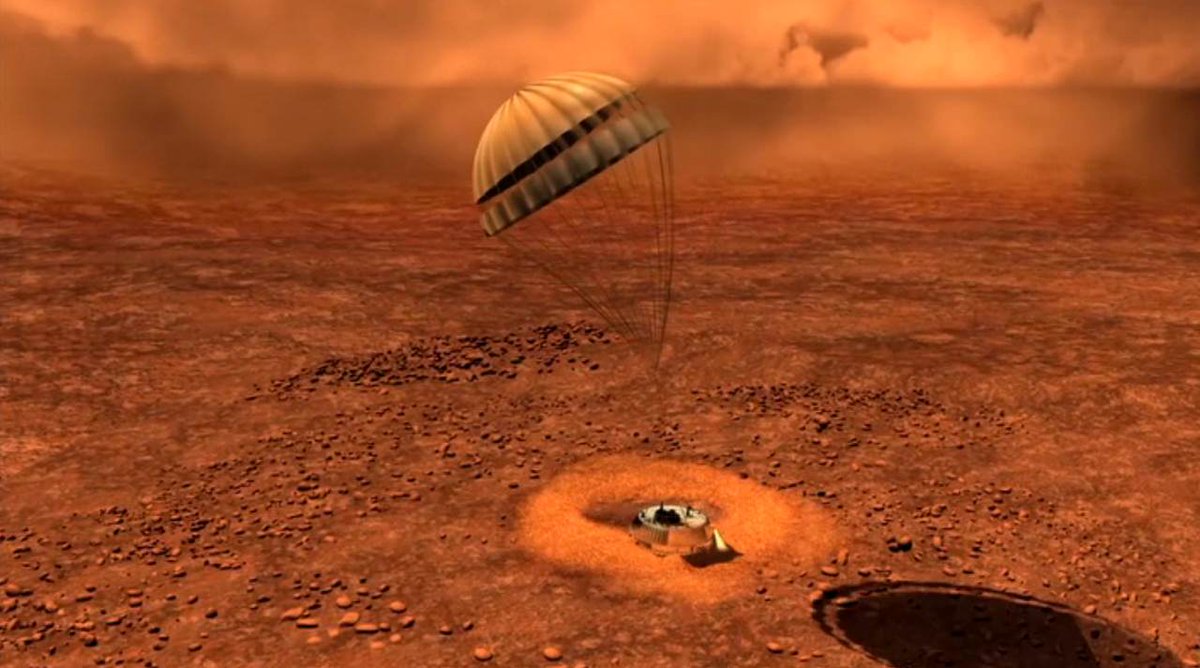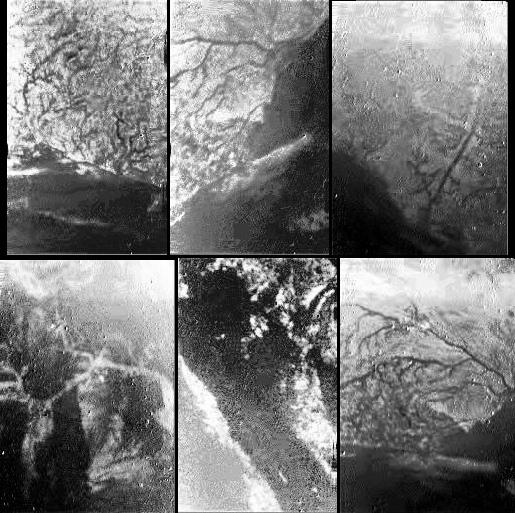
Cosmic perspective.
All of the protons & neutrons in in all of humankind would fit in a 1 cm cube.
But if spread out at the average density of ordinary matter in the Universe, they'd fill an 11 billion km cube, big enough to fit the Solar System out to Neptune.
Yeah 😳
1/

All of the protons & neutrons in in all of humankind would fit in a 1 cm cube.
But if spread out at the average density of ordinary matter in the Universe, they'd fill an 11 billion km cube, big enough to fit the Solar System out to Neptune.
Yeah 😳
1/


HT to @Claire_Lee for making me think about this yesterday. Many authors have written about how small a space would be occupied by humankind's protons & neutrons, but it also caused me to think of the opposite, i.e. comparing them to the emptiness of space.
2/
2/
@Claire_Lee The rest of the thread gives the arithmetic for those who are curious.
Now, humans are almost entirely made of normal, so-called "baryonic" matter & that means protons, neutrons, & electrons arranged in various kinds of atoms & molecules.
3/
Now, humans are almost entirely made of normal, so-called "baryonic" matter & that means protons, neutrons, & electrons arranged in various kinds of atoms & molecules.
3/
@Claire_Lee The Universe also contains a lot of light, dark matter, & dark energy, but let's stick with normal matter for now.
4/
4/
@Claire_Lee For example, humans are mostly made of hydrogen (65%), oxygen (24%), & carbon (10%) atoms, with other elements making up the remaining 1%.
5/
5/
@Claire_Lee Ignoring the relatively rare isotopes for the time being, regular H is 1 proton & 1 electron; regular O is 8 protons, 8 neutrons, & 8 electrons; & regular C is 6 protons, 6 neutrons, & 6 electrons.
6/
6/
@Claire_Lee Protons & neutrons weigh ~2000 x as much as electrons, so essentially all of the mass in normal matter comes from the nucleons.
Both types have a mass of ~1.67 x 10^-27kg, so an average 70kg human has ~4.2 x 10^28 nucleons.
7/
Both types have a mass of ~1.67 x 10^-27kg, so an average 70kg human has ~4.2 x 10^28 nucleons.
7/
@Claire_Lee Now here's the weird thing: humans are mostly empty. I mean, really empty.
For example, for an oxygen atom, the Van der Waals radius (which sets the nearest distance two atoms can get to each other in normal circumstances) is ~0.15 nanometres (1.5 x 10^-10 m).
8/
For example, for an oxygen atom, the Van der Waals radius (which sets the nearest distance two atoms can get to each other in normal circumstances) is ~0.15 nanometres (1.5 x 10^-10 m).
8/
@Claire_Lee But the protons & neutrons themselves, made of combinations of quarks, are much smaller.
They have radii of only ~8.5 x 10^-16 m, almost 200,000 times smaller than the overall size of that oxygen atom.
9/
They have radii of only ~8.5 x 10^-16 m, almost 200,000 times smaller than the overall size of that oxygen atom.
9/
@Claire_Lee The effective size of the atom is defined by the electrons in their "orbits" around the protons & neutrons, similar in broad terms to the planets orbiting our Sun.
But by comparison to our Solar System, an atom is much emptier – it's mostly interactions, not "stuff"
10/
But by comparison to our Solar System, an atom is much emptier – it's mostly interactions, not "stuff"
10/
@Claire_Lee Anyway, let's continue.
If we approximate protons & neutrons as little spheres with radius 8.5 x 10^-16 m, we get a volume of 2.6 x 10^-45 m3 for each nucleon. Not a lot.
11/
If we approximate protons & neutrons as little spheres with radius 8.5 x 10^-16 m, we get a volume of 2.6 x 10^-45 m3 for each nucleon. Not a lot.
11/
@Claire_Lee If there are 4.2 x 10^28 nucleons in one human, then there are 3.2 x 10^38 in ~7.7 billion humans, the population of the world today.
Multiply that by the volume of one nucleon & assume a maximum packing density of 74% for spheres, we get a total volume of 1.1 x 10^-6 m3.
12/
Multiply that by the volume of one nucleon & assume a maximum packing density of 74% for spheres, we get a total volume of 1.1 x 10^-6 m3.
12/
@Claire_Lee That's ~1 millilitre or 1 cubic centimetre.
All of the protons & neutrons in all of humankind. In that little box in the first tweet in this thread.
Weighing around half a billion tonnes 😳
13/
All of the protons & neutrons in all of humankind. In that little box in the first tweet in this thread.
Weighing around half a billion tonnes 😳
13/
@Claire_Lee And while that sounds completely bonkers & purely hypothetical, it's actually pretty much what neutron stars are.
The entire mass of a star packed into a sphere 10-20km across, with a density of about half a billion tonnes per cubic centimetre.
And they exist.
14/
The entire mass of a star packed into a sphere 10-20km across, with a density of about half a billion tonnes per cubic centimetre.
And they exist.
14/
@Claire_Lee But let's think about the opposite, the emptiness of space.
If you take all of the normal, baryonic matter in the observable Universe & smear it out uniformly, the average density would be equivalent to ~0.25 protons per cubic metre.
Pretty sparse.
15/
If you take all of the normal, baryonic matter in the observable Universe & smear it out uniformly, the average density would be equivalent to ~0.25 protons per cubic metre.
Pretty sparse.
15/
@Claire_Lee So, if we take humankind's 3.2 x 10^38 nucleons at 0.25 per m3, that's would occupy 1.3 x 10^39 m3.
That's the volume of a cube 11 billion kilometres on a side. The diameter of the Solar System out to the last planet, Neptune, is 9 billion km. It'd all fit in the cube.
16/
That's the volume of a cube 11 billion kilometres on a side. The diameter of the Solar System out to the last planet, Neptune, is 9 billion km. It'd all fit in the cube.
16/
• • •
Missing some Tweet in this thread? You can try to
force a refresh

